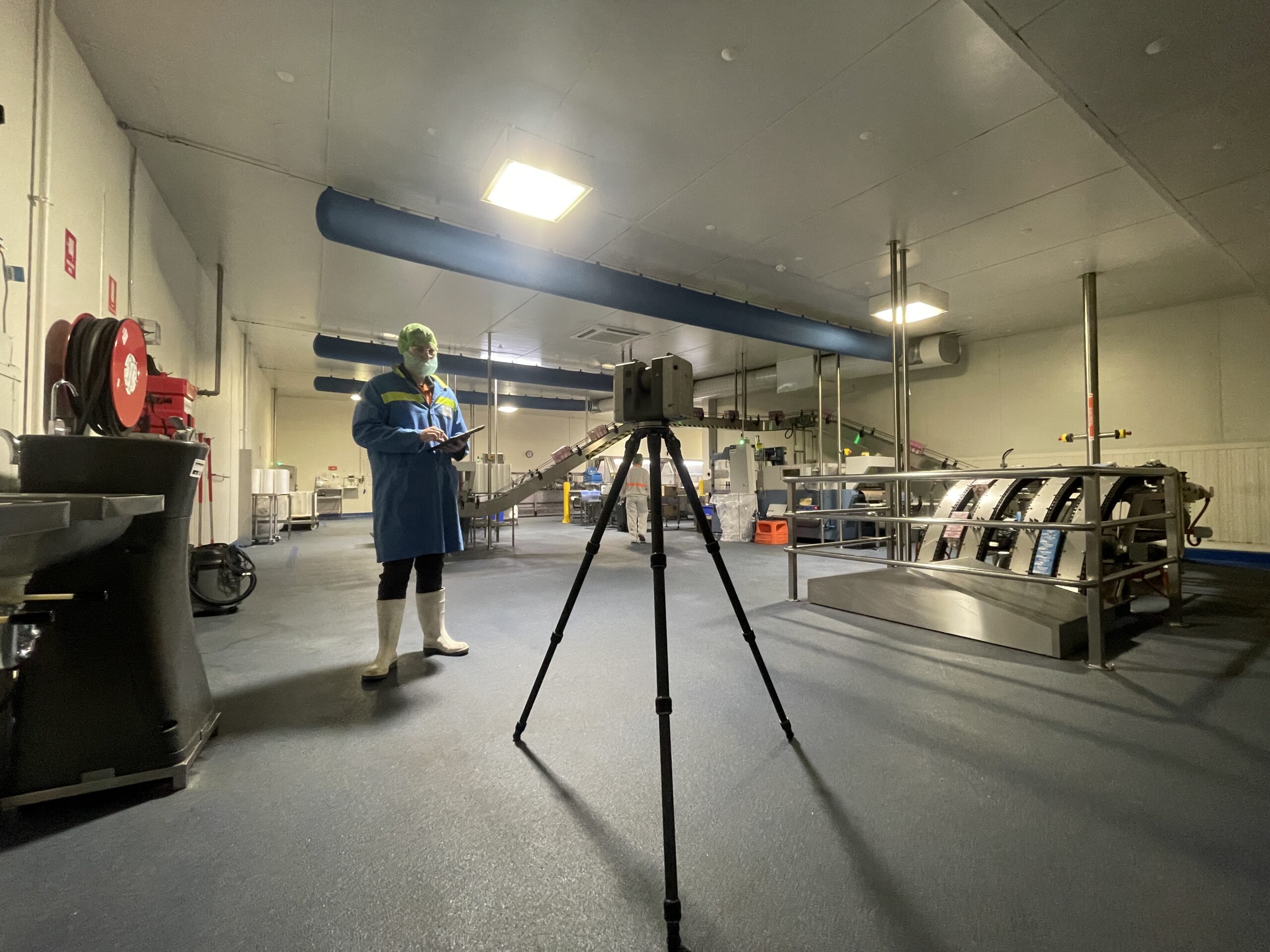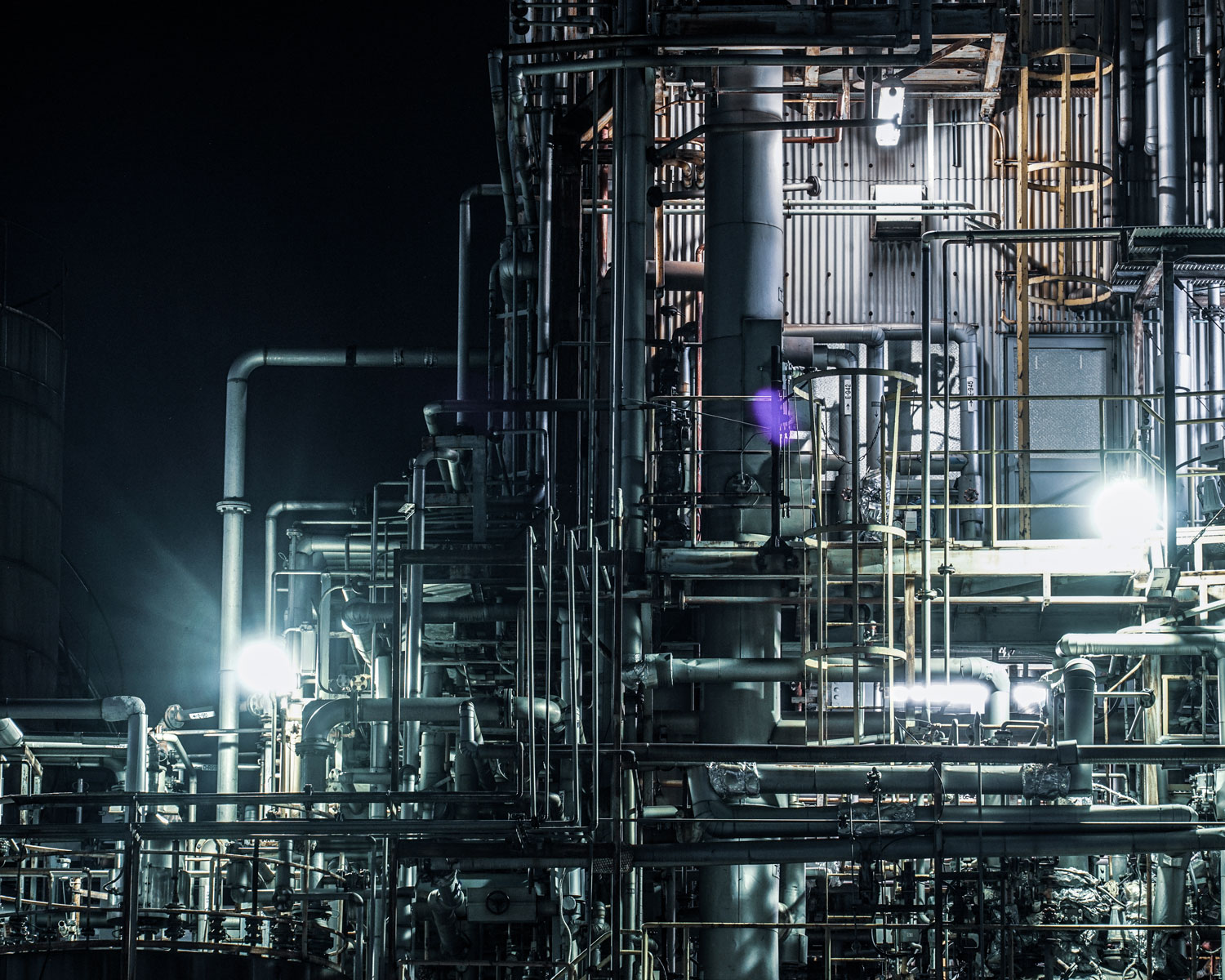3D Laser Scanning
Advanced 3D scanning for unparalleled accuracy in design and decision-making
3D Scanning Capabilities
Infrastructure Design and Maintenance:
- Designers and engineers working on infrastructure projects often need accurate measurements of existing structures and components.
- Solution: 3D scanning allows precise measurement and modeling of infrastructure elements like pipes, bridges, and buildings. This information aids in designing modifications or additions while ensuring compatibility with existing structures.
Manufacturing and Quality Control:
- Ensuring the precision and quality of manufactured components can be challenging without accurate measurements.
- Solution: 3D scanning assists in quality control by capturing detailed 3D representations of manufactured parts. Manufacturers can compare the scanned data to design specifications, identifying any deviations and ensuring quality standards are met.
Reverse Engineering:
- Recreating or replicating existing objects or components without detailed design documentation can be difficult.
- Solution: 3D scanning facilitates reverse engineering by capturing the geometry and structure of an object. This is particularly useful in industries like automotive, aerospace, and consumer electronics, where recreating parts or components is essential.


Cultural Heritage Preservation:
- Preserving and documenting historical artifacts and structures requires non-intrusive and accrate measurement techniques.
- Solution: 3D scanning allows for the creatioun of detailed digital replicas of artifacts, sculptures, and historical buildings. This not only aids in preservation efforts but also provides researchers and historians with valuable data for analysis.
Architectural Design and Renovation:
- Architects and designers often need accurate measurements of existing structures for renovation or redesign projects.
- Solution: 3D scanning assists in capturing detailed information about buildings, rooms, and architectural elements.

A Storm Spatial 3D model allows
Engineers and designers to assess the existing structure and evaluate the feasibility of proposed design modifications. It can also be used to identify potential clashes or interferences that might arise between new components and existing structures. This helps designers to make informed decisions and to ensure that their designs will work as intended.
Additionally, 3D scanning technology can provide accurate measurements of the structure, which can be used to improve the precision of the design. This is particularly important for structures that have complex shapes or are difficult to measure using traditional methods. By using 3D scanning, designers can work with precise dimensions and avoid the need for guesswork or assumptions.
Our extensive range of deliverables can be imported into most third-party software, and we offer data sets that range from 2D floor plans and elevations to 3D rendered surfaces, solids, and fly-throughs to cater to our clients’ project needs.
